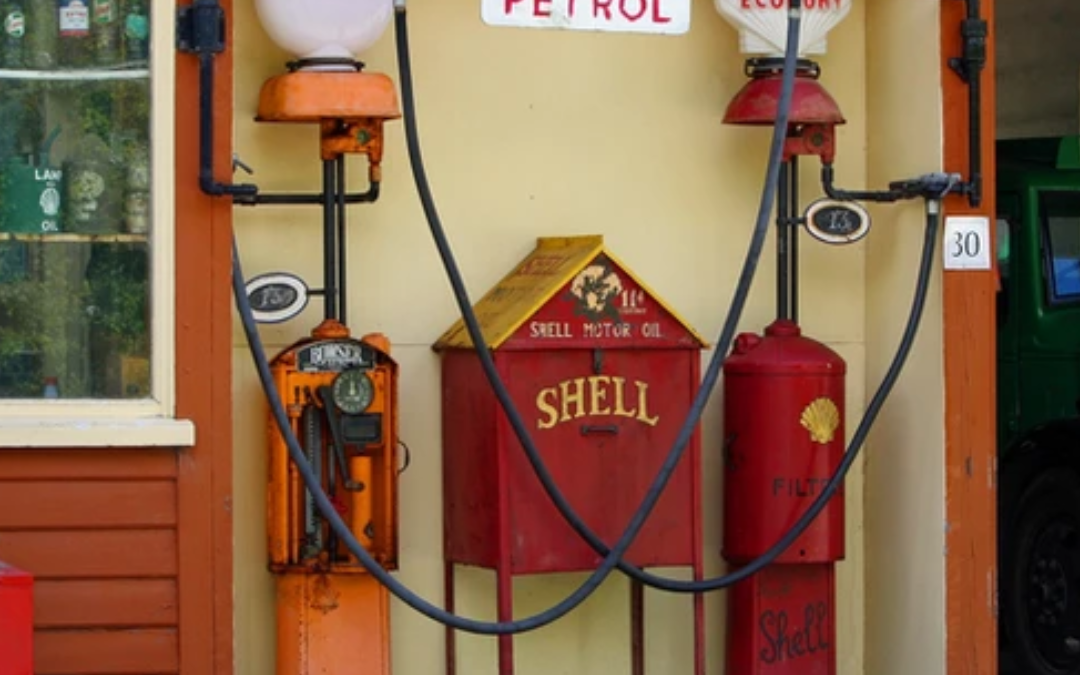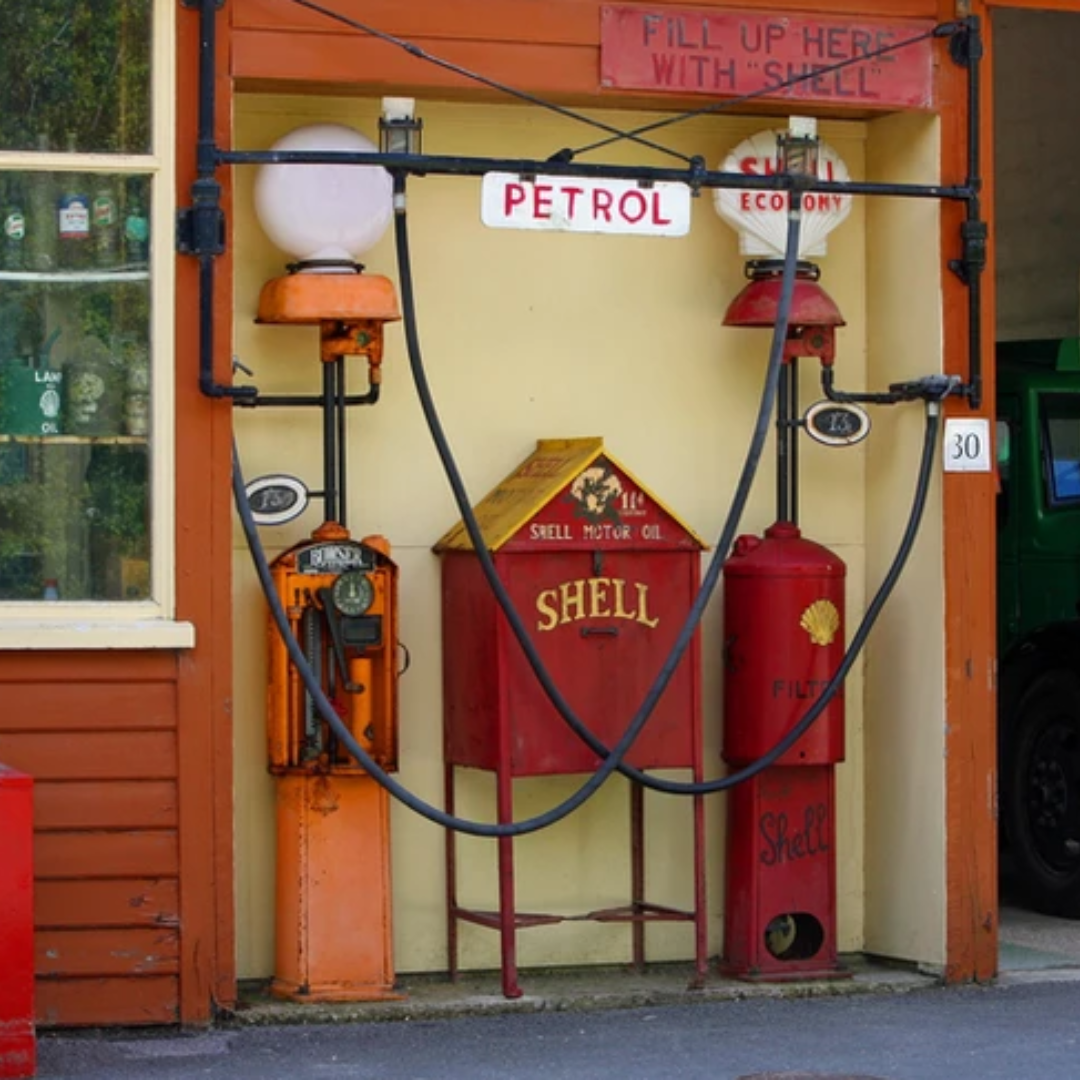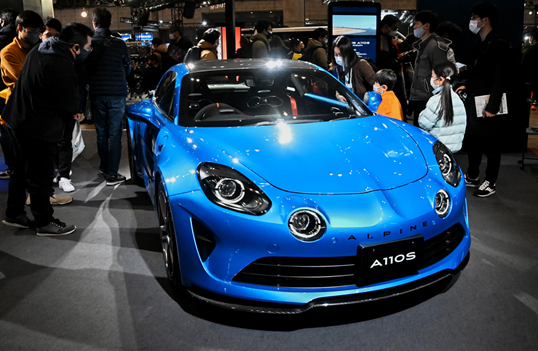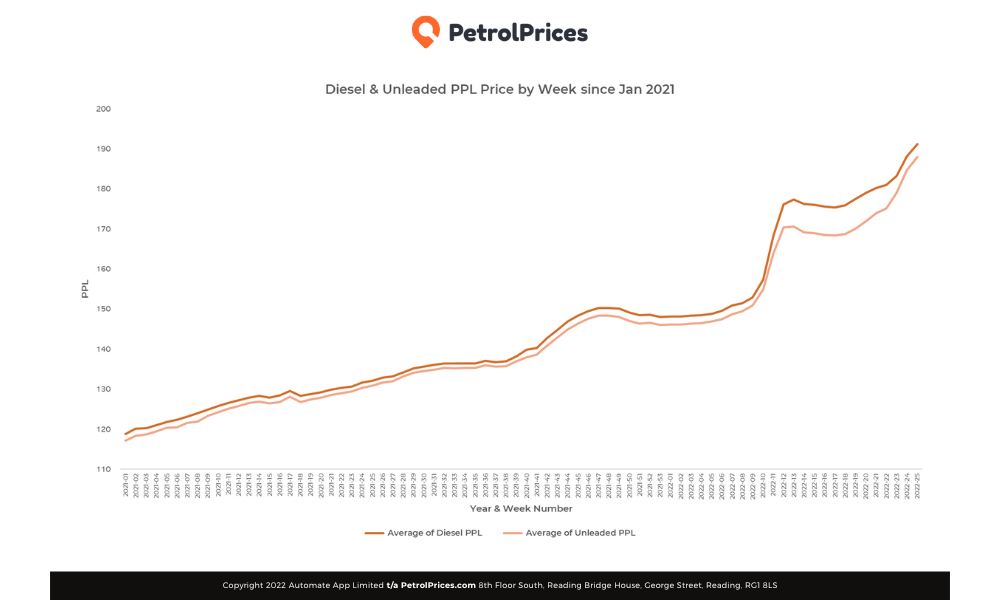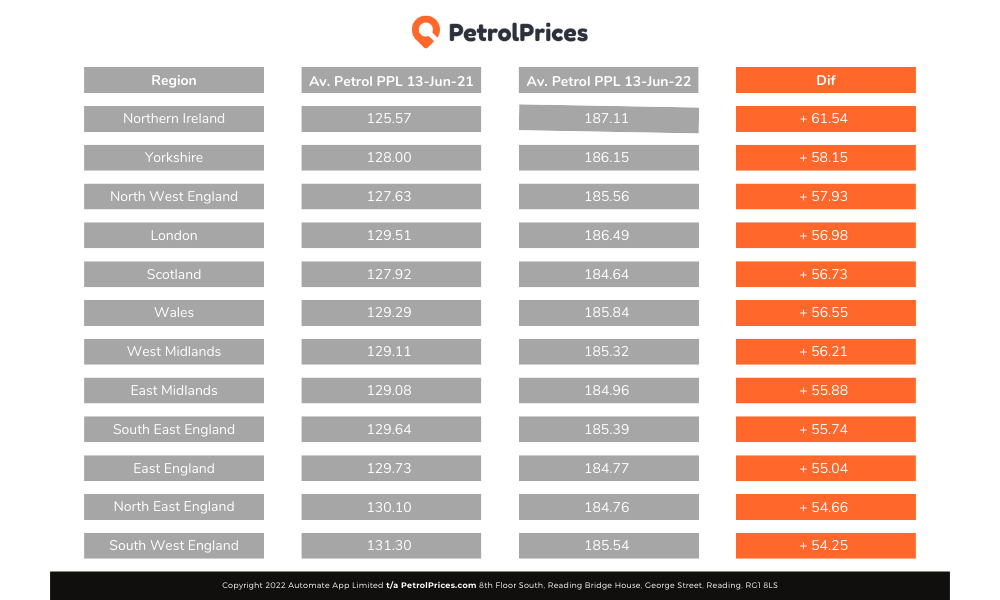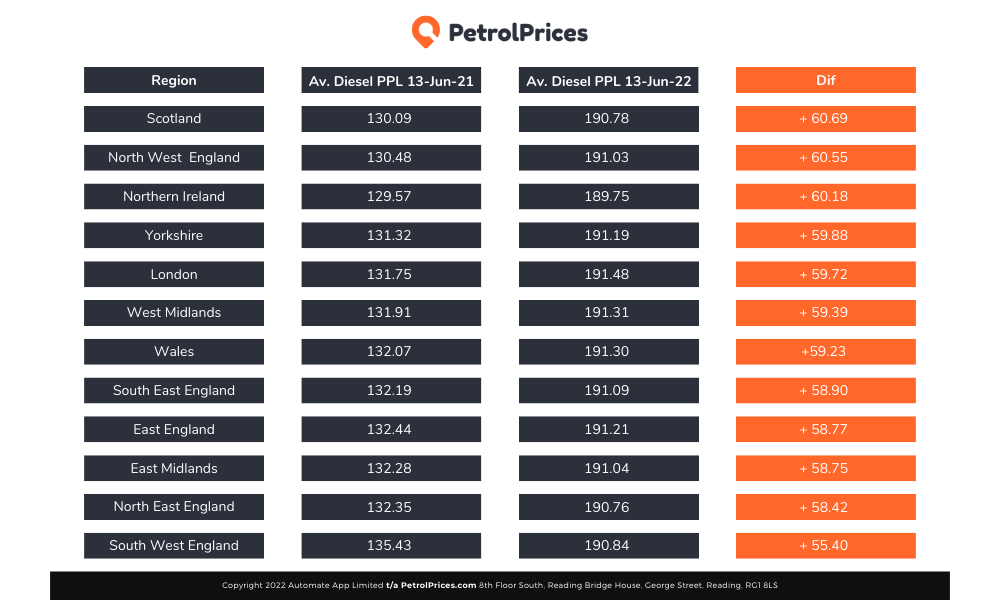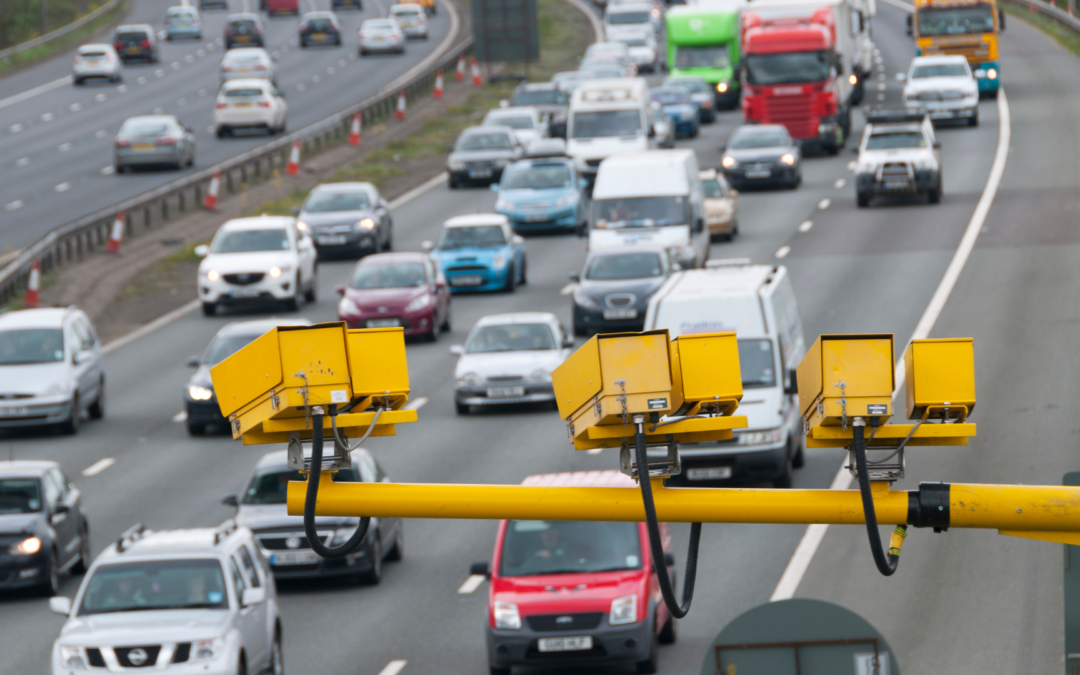
Smart Motorway Cameras Concerns
This week, a new stretch of smart motorway opened on the M4, running 15 miles from Junction 8/9 at Maidenhead to Junction 3 at Hayes, West London. National Highways said that the cones and barriers in place during the works that started in 2018 would be lifted by early morning on the 16th July. This is the final part of an £848 million upgrade to turn this busy stretch of the M4 into a smart motorway.
In an earlier article about smart motorways, we detailed initial concerns about possible preventable accidents that had led to a pause in the rollout whilst evidence was gathered to see if they are safe or not for drivers.
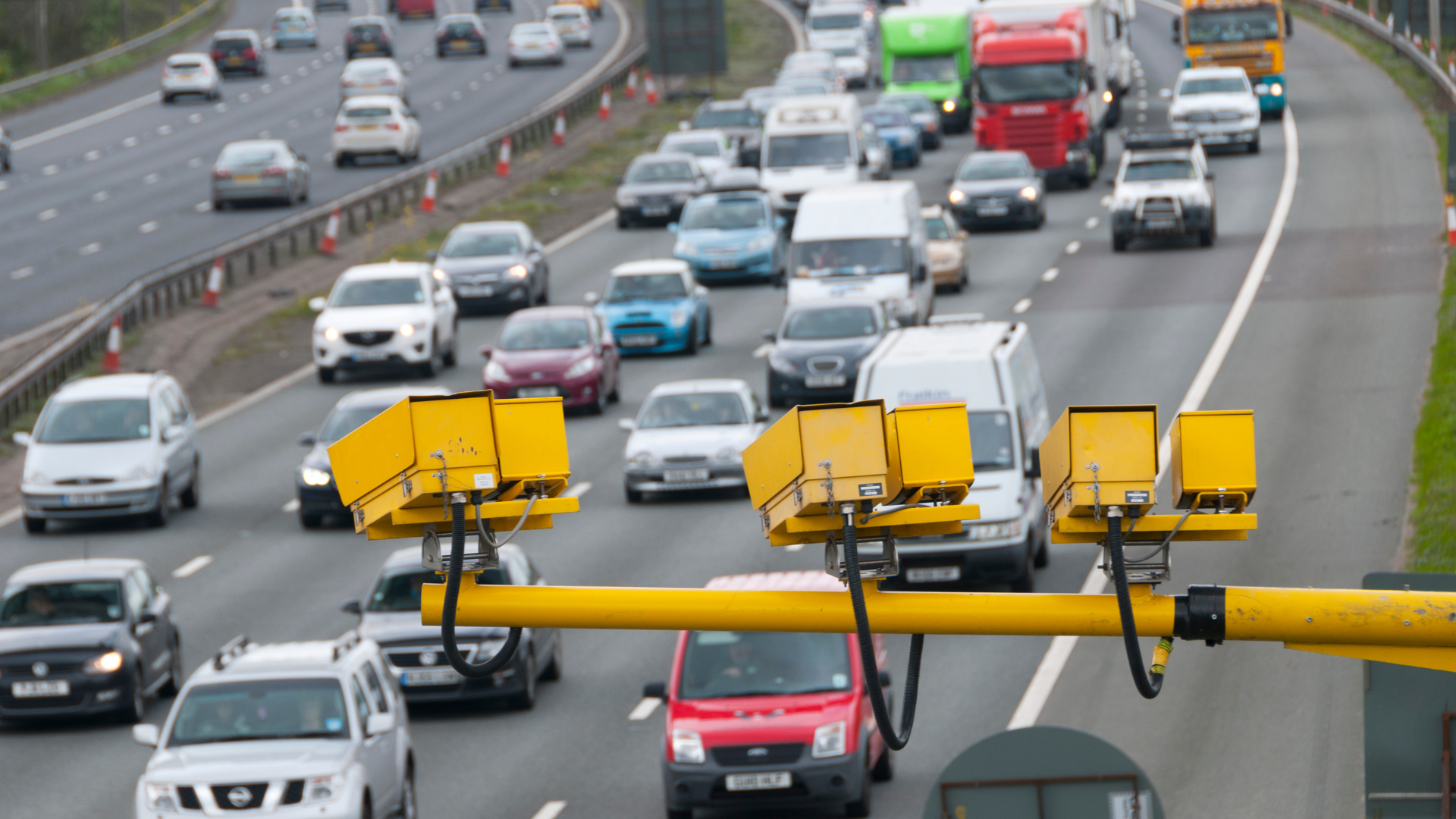
Stopped Vehicle Detection (SVD) Camera Failures
In the meantime, an internal report obtained via freedom of information has found that technology on smart motorways is failing to detect nearly four in ten broken-down vehicles within a time limit considered safe by senior transport managers.
The technology in question is Stopped Vehicle Detection (SVD). The report stated that SVD is flagging only 62 per cent of those stranded in live traffic within 20 seconds. According to the unpublished 2019 report obtained by the Daily Mail under the Freedom of Information Act, this is the time frame deemed acceptable by the roads agency National Highways. This is particularly concerning when vehicles break down on all-lane running (ALR) smart motorways with no hard shoulders, and stranded vehicles and their passengers risk being hit by other vehicles.
The study also found that a fifth of SVD alerts are wrong even though the target is that they are incorrect in no more than 15 per cent of cases. The errors highlighted included flagging breakdowns on the opposite carriageway to where they happened.
The Daily Mail reported Jack Cousens of the AA saying, “ …smart motorways were sold to the public by National Highways on the basis that if the worst happens, we will find you and keep you safe. Shockingly, drivers are sitting ducks for longer than they should be. These figures show the system is woefully inadequate.”
In its 2022 stocktake report the Highways Agency stated, “It should be noted that the impact of the measures we have delivered as part of the 2020 Action Plan, such as introducing more SVD and enabling increased enforcement of Red X signals, is not reflected in the latest safety data. It will not be possible to assess the impact of these measures until at least late 2023 when some of this data will start to be available.”


